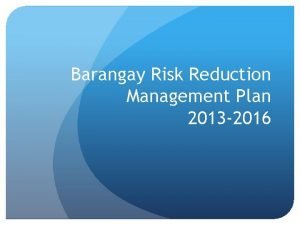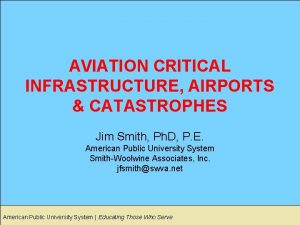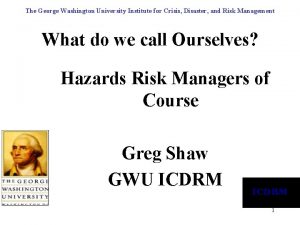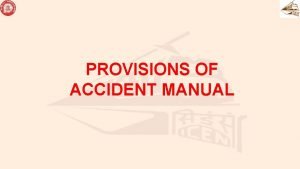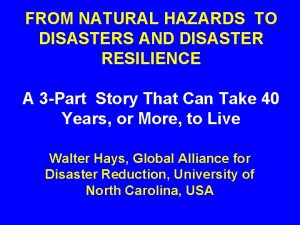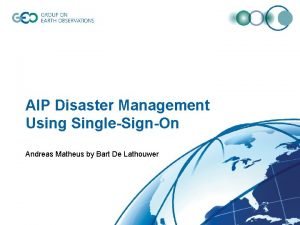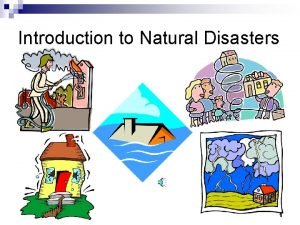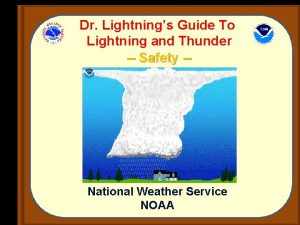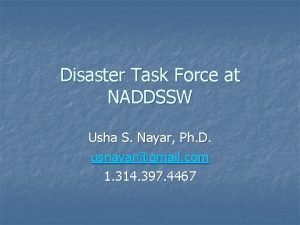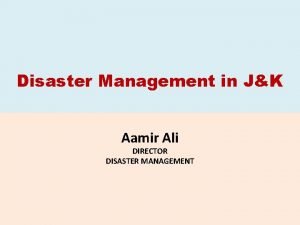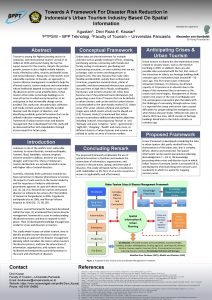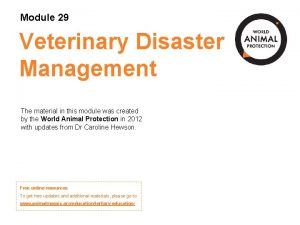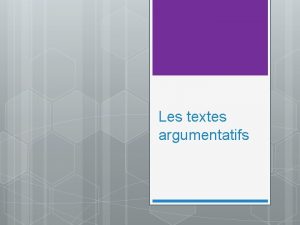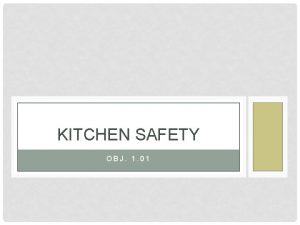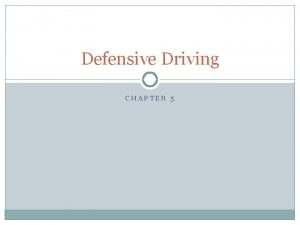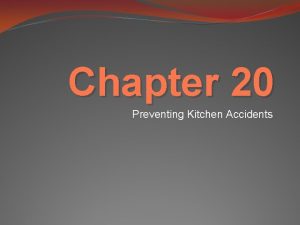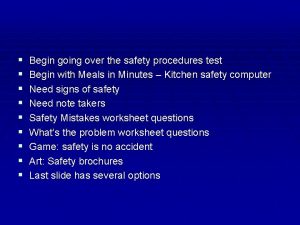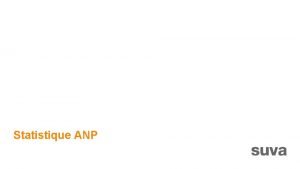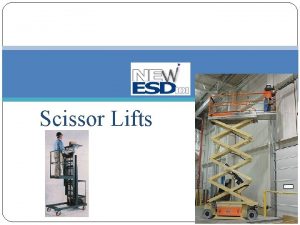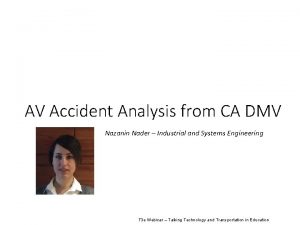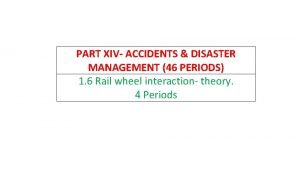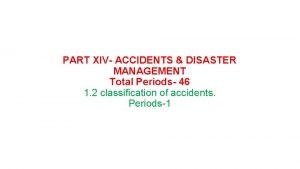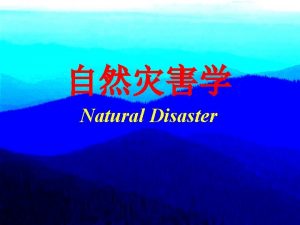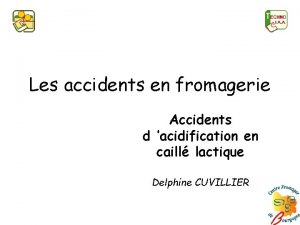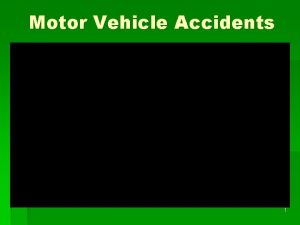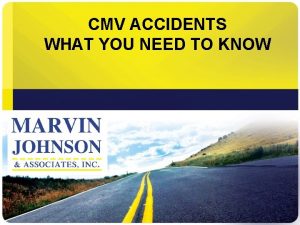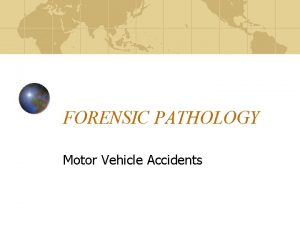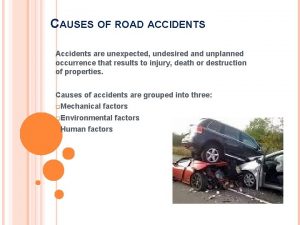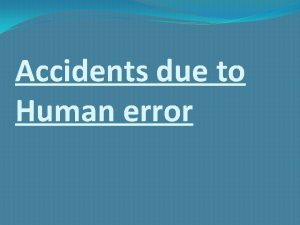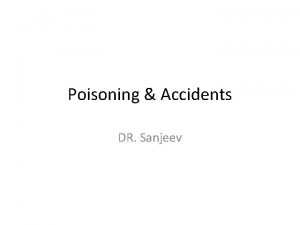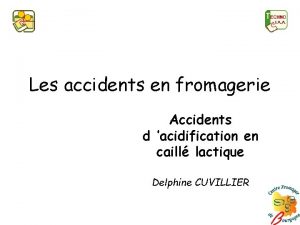PART XIV ACCIDENTS DISASTER MANAGEMENT 1 11 Engineering











































- Slides: 43

PART XIV- ACCIDENTS & DISASTER MANAGEMENT 1. 11 Engineering stock Periods- 1

Engineering Stock (BOBYN, EUR AND BFR)

ENGINEERING STOCK ALSO NAMED AS MATERIAL TRAIN Ø Material Train means a departmental train intended solely or mainly for carriage of railway material when picked or put down for execution of works, either between stations or within station limits. Ø The railway material may include stone boulders, ballast, sand, moorum, rails, sleepers and fittings etc.

Engineering use Wagon on IR TYPE OF WAGONS OPEN WAGON BOXN, BOXNHS, BOXNHL, BOXNLW, BOY, BOST, BO STHSM 2, BOXNLW, BOXNS (boulder loading) COVERED WAGON BCNA, BCNHL, BCNAHS (attached to EUR/ART) FLAT WAGON BFNS, BRNA, BRN 22. 9, BRHNEHS, (EUR/ART) HOPPER WAGON BOBYN, BOBYN 22. 9, BRNHSM 1 (BALLAST handling) BRAKE VAN WAGON BVZI, BVZC, BVCM ( Guard brake) TANK WAGON NO CONTAINER WAGON NO SPECIAL PURPOSE WAGON BOM & Others Like camping coach



SALIENT FEATURE BCNHL BCNAHS Material of Construction IS: 2062 E 450 BR CU IS: 2062 E 250 A CU &IRSM 41 Type of Commodity Food grain, fertilizer and bag quantities Loading Through sliding door Through door opening Unloading Through door opening Length over head stock (mm) 10034 13521 Length over couplers (mm) 10963 14450 Length inside (mm) 10034 13515 Width inside/Width Overall (mm) 3340/3450 2944/3200 Height inside/Height(max. ) 3060/4385 from RL. 2677/4014 Height of CBC from R. L. (mm) 1105 Floor area 33. 51 16. 46 102. 5 103. 40 (Sq. M) Cubic Capacity (Cu. M)

BCNHL BCNAHS Maximum axle load (tonne) 22. 9 20. 32 Tare Weight (tonne) 20. 8 24. 55 Pay load (tonne) 70. 8 56. 73 Gross load (Pay+Tare) (tonne) 91. 6 81. 28 No. of wagons per train 58 43 Throughput per rake (tonne) 4106 2439 Brake System Air Brake Air brake Coupler C. B. C. Bearing R. B. Bogie Casnub 22 HS Bogie Brake rigging (Under frame mounted/Bogie mounted) Bogie mounted Under frame mounted Maximum Speed 100 kmph SALIENT FEATURE





SALIENT FEATURE BRNA/BRNAHS BRNA-EUR Material of Construction IS: 2062 E 250 A CU Type of Commodity Rail, Steel plates, Sleepers Long welded rails Loading Top Loading Unloading Lifting by Crane Length over head stock (mm) 13716 Length over couplers (mm) 14645 Width Over Sole bar (mm) 2845 Height(max. )from RL. 2544 Height of C. B. C. from R. L. (mm) 1105

SALIENT FEATURE BRNA/BRNAHS BRNA-EUR Maximum axle load (tonne) 20. 32 Tare Weight (tonne) 23. 543 31. 77/27. 87 Pay load (tonne) 57. 737 49. 51/53. 41 Gross load (Pay+Tare) (tonne) 81. 28 No. of wagons per train 43 18 Throughput per rake (tonne) 2425 Brake System Air brake Coupler C. B. C. Bogie CASNUB HS CASNUB 22 NLB Brake rigging (Under frame mounted/Bogie mounted) Under frame mounted Maximum Speed 75 kmph











HOPPER BOBYN WAGON SALIENT FEATURE BOBYN Material of Construction IS: 2062 E 250 A CU Type of Commodity Ballast Loading Top Unloading Bottom & Side discharge Length over head stock (mm) 10718 Length over couplers (mm) 12000 Length inside (mm) 9000 Width inside/Width Overall (mm) 2863/3189 Height inside/Height(max. )from RL. 1781/3050 Height of C. B. C. from R. L. (mm) 1105 Cubic Capacity (Cu. M) 40. 3

SALIENT FEATURE BOBYN Maximum axle load (tonne) 20. 32 Tare Weight (tonne) 27. 04 Pay load (tonne) 54. 24 Gross load (Pay+Tare) (tonne) 81. 28 No. of wagons per train 51 Throughput per rake (tonne) 2766. 24 Brake System Air Brake Coupler C. B. C. Bearing R. B. Bogie CASNUB 22 HS Brake rigging (Under frame mounted /Bogie mounted) Maximum Speed 75 kmph



SALIENT FEATURE BVZI BVCM Material of Construction IS: 2062 E 250, IS: 3502 & IS: 2062 E 250 A Cu IRS: M 41 Type of Commodity BRAKE VAN Length over head stock (mm) 13540 9784 Length over couplers (mm) 14469 10713 Width inside/Width Overall (mm) 3200 Height inside/Height(max. )from 2448/3894 RL. 3894 Height of C. B. C. from R. L. (mm) 1105 Tare Weight (tonne) 23. 5 21. 1 Brake System Air brake Coupler C. B. C. Bearing R. B. Bogie ICF BOGIE CASNUB 22 HS Brake rigging Bogie mounted Under frame mounted Maximum Speed (Loaded) 100 kmph

Type of Bogies


Air brake system In Indian Wagons SALIENT FEATURES Types Single pipe & twin pipe graduated release Air pressure (Empty/Loaded) 2. 2/3. 8 Kg/cm 2 Brake rigging Underframe mounted / Bogie mounted Hand brake Side / end operated screw type

Type of Coupler Used In Indian Wagons SALIENT FEATURE Type of coupler AAR ‘E’ type High tensile Centre Buffer Coupler (Transition & Non-transition) and Screw coupling Type Draft Gear High capacity draft gear as per AAR-M 901 E Tensile load 1000 k. N Compressive load 2000 k. N Coupler Parts 1. 2. 3. 4. 5. 6. Coupler Body with Shank wear plate - Cast Grade E Knuckle - Cast Grade E Lock - Cast Grade E /Forged Knuckle thrower - Cast Grade B /Forged Knuckle Pin with Anti-theft cotter pin - Forged Rotary bottom operated articulated lock lift assembly - Cast Grade B /Forged 7. Coupler Yoke - Cast Grade E 8. Yoke Pin - Forged 9. Yoke pin support with wear plate - Cast Grade B 10. Striker casting with wear plate - Cast Grade B

Examination Departmental wagon stock. • All the departmental wagon stock which run with goods train like camping, mobile training car, OHE wiring trains etc shall allotted a C&W depot for primary maintenance, nominated by a mechanical officer. • The depot allotted to be painted on the end wall. • The stock to be examined by mechanical supervisor at nominated C&W depot • The brake power certificate shall valid for a specified period from the date of issue. • All the departmental wagons, material trains, ballast trains, PQRS Trains etc shall be examined as per IRCAPart iii.

EXAMINATION Ø Detailed Joint circular shall be issued by a committee consisting of CME, COM of the zonal railway or their nominated officers. Ø Track machines also be subjected to examine for wheels, under gear and structural safety. Ø BPC of the above to be issued by mechanical supervisor at periodical interval as decided by concerned zonal railways.

Ø If the rolling stock cannot be despatched to the nominated depot for primary maintenance, the same must be offered to the nearest train examination station for certification. Ø Apart from the periodical examination by nominated supervisor, the in charge/custodian of the rolling stock shall be carry out the rolling stock before starting the operation. Ø In case he notice /suspects any abnormality in the rolling stock he should arrange examination by C&W supervisor immediately. Ø The station master shall not give permission to start the train /departmental stock unless the in charge of the train produce valid Brake power certificate issued by the mechanical supervisor.

Ø Material train should be expeditiously and economically worked. Ø The Assistant Engineer should arrange to form a train of maximum capacity consistent with the haulage capacity of the engine and tonnage approved for the section. Ø In consultation with the Operating Department, the running of goods trains should be suitably regulated so as to provide as long a working time for material train as possible.

REPORTING DIFFICENCY AND DAMAGES Ø The Guard of the material train should at once bring to the notice of the Train Examiner under advice to the Assistant Engineer, any deficiency or damage which may have escaped the attention of the train examining staff.

REPORTING DIFFICENCY AND DAMAGES Ø The Guard will also keep a record of all damages caused to the vehicles during the work and report to the Assistant Engineer the circumstances in which they occurred. In every case, the Assistant Engineer on receipt of such reports should arrange for the train-examining staff to attend to the damages and deficiencies expeditiously.

ENGINE CREW HOURS DUTY. Drivers, Assistant Drivers and on material train should be relieved according to their duty rosters. Ø Only in exceptional and emergent cases such as breaches on the line, may the engine crew be kept on duty, for long hours, in which case, a special certificate should be given to the Engine Crew by the Engineering Officialin-charge. Ø

OPERATION OF HOPPER Ø The hopper valves shall be operated according to the prescribed instructions under the direct supervision of the train guard or official-in-charge. Ø As far as possible one hopper may be unloaded at a time moving at walking speed.

OPERATION OF HOPPER Ø The official-in-charge should walk on the side and instruct the labour as to when to open or close the hopper valves. Ø The train should not be stopped, while ballast is being discharged ; labour should not be moved from the platform without first stopping the train.

THANKS
 Conclusion of disaster management
Conclusion of disaster management Early warning system in disaster management
Early warning system in disaster management Disaster formula
Disaster formula Records management disaster recovery plan
Records management disaster recovery plan Define disaster management
Define disaster management Disaster management centre sri lanka
Disaster management centre sri lanka Civil defence disaster management
Civil defence disaster management Bdrrm plan message
Bdrrm plan message Aviation critical infrastructure
Aviation critical infrastructure Pdrrm act of 2010 graphic organizer
Pdrrm act of 2010 graphic organizer Institute for crisis disaster and risk management
Institute for crisis disaster and risk management Inquiry report format
Inquiry report format 4 pillars of disaster management
4 pillars of disaster management Disaster management conclusion
Disaster management conclusion Emerging trends in disaster management
Emerging trends in disaster management Disaster management in libraries and information centres
Disaster management in libraries and information centres Natural disasters conclusion for project
Natural disasters conclusion for project National disaster risk reduction and management framework
National disaster risk reduction and management framework Hotmail
Hotmail Objective of disaster management
Objective of disaster management Disaster definition
Disaster definition Poster on disaster management with slogan
Poster on disaster management with slogan Conclusion on disaster management
Conclusion on disaster management Disaster management and sustainable development
Disaster management and sustainable development Nurse role in disaster management
Nurse role in disaster management Disaster management jk
Disaster management jk Ngo in disaster management
Ngo in disaster management Four pillars of disaster management
Four pillars of disaster management Towards a framework for tourism disaster management
Towards a framework for tourism disaster management Veterinary disaster management
Veterinary disaster management Goal freedom alertness theory
Goal freedom alertness theory Law of conservation of momentum
Law of conservation of momentum Texte argumentatif sur les accidents de la route
Texte argumentatif sur les accidents de la route Kitchen safety choking
Kitchen safety choking Most accidents are caused by _________ driving error.
Most accidents are caused by _________ driving error. Chapter 20 preventing kitchen accidents
Chapter 20 preventing kitchen accidents Chapter 14:3 observing fire safety
Chapter 14:3 observing fire safety Preventing kitchen accidents worksheet
Preventing kitchen accidents worksheet Accidents sportifs statistiques
Accidents sportifs statistiques Aerial work platform accidents
Aerial work platform accidents Accidents/illness of family members
Accidents/illness of family members Chapter 13:2 preventing accidents and injuries
Chapter 13:2 preventing accidents and injuries Av accidents
Av accidents Industrial radiography accidents
Industrial radiography accidents







